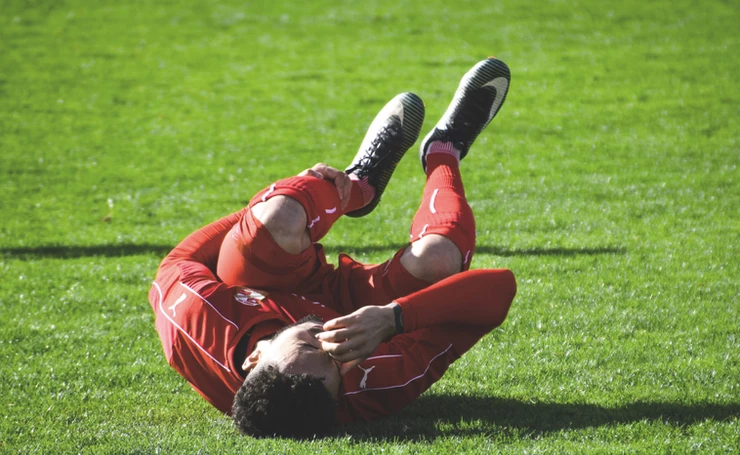by Chelsea Ortega, DPT, SCS, CSCS
Concussion is a buzzword in the media. Let’s separate facts from the hype.
Chronic Traumatic Encephalopathy (CTE)
CTE is a progressive degenerative disease of the brain found in those who have a history of repetitive brain trauma. The trauma triggers progressive degeneration of the brain tissue including the build-up of an abnormal protein called tau. These changes in the brain can begin months or even decades after the most recent trauma. The brain degeneration is associated with memory loss, confusion, impaired judgement, impulse control problems, aggression, depression and progressive dementia. Age of first exposure was not associated with CTE severity, but it did predict earlier cognitive deficits associated with the disease, particularly for those whose first exposure was before 12 years old.

Lower Extremity Injury Risk
Those who sustain a concussion are almost 3 times more likely to sustain a lower body injury when returning to activity afterwards. The most common injuries seen after concussion are lateral ankle sprains, knee injury and lower body muscle strains. While the cause of this association is not yet known, it’s essential to have comprehensive care after concussion to ensure that all possible deficits are treated to decrease this risk of injury and keep you on the field!

Prevention
Concussion cannot be completely prevented, but we can ensure safety and decrease risk. There is no evidence to show that protective sports equipment, such as helmets or mouthguards, can prevent concussion. However, ill-fitting equipment and poor use of the head can increase risk. Protective equipment can also potentially increase risky behavior, as the athlete feels more protected. One thing that can help decrease the odds of concussion is neck strength. Improved control of neck muscles allows improved absorption of forces experienced by the athlete – something that can be accomplished with physical therapy!
Sports Performance
Physical therapy treatments for concussion can actually improve sports performance. Repeated activation of the visual system leads to improved neuron-firing and sports performance. This has been shown, for example, in baseball players whose batting averages improve after vision training.

Please reach out with any questions. Check out the other parts of this series on concussion:
Concussion Treatment: Let’s Get Moving!
Caring for Your Athlete After Concussion



